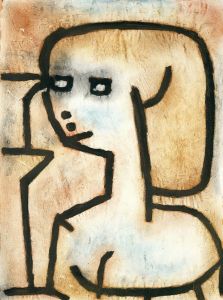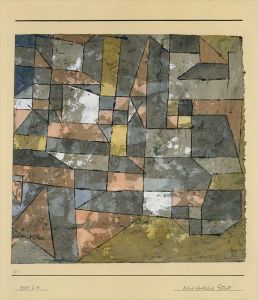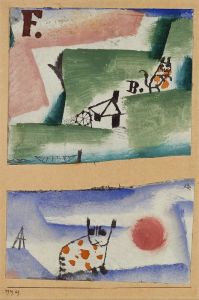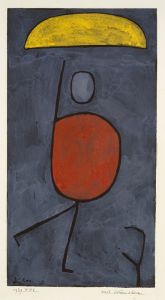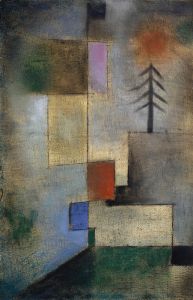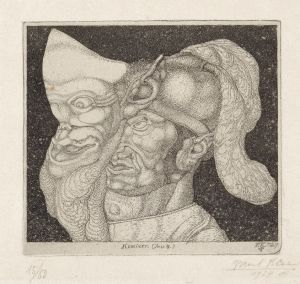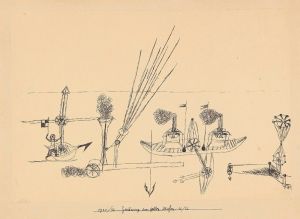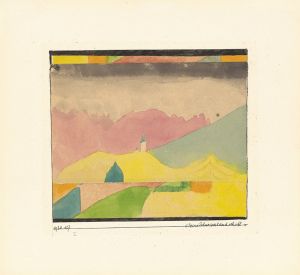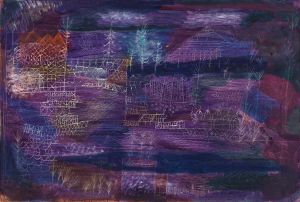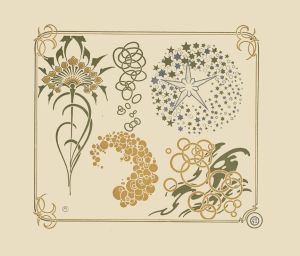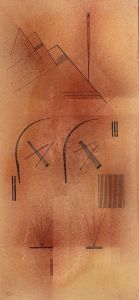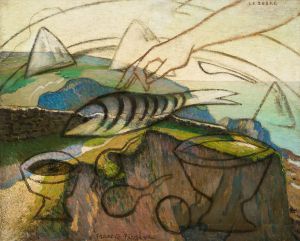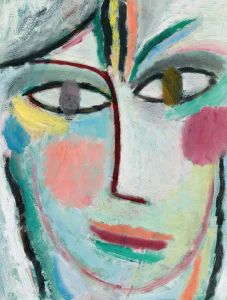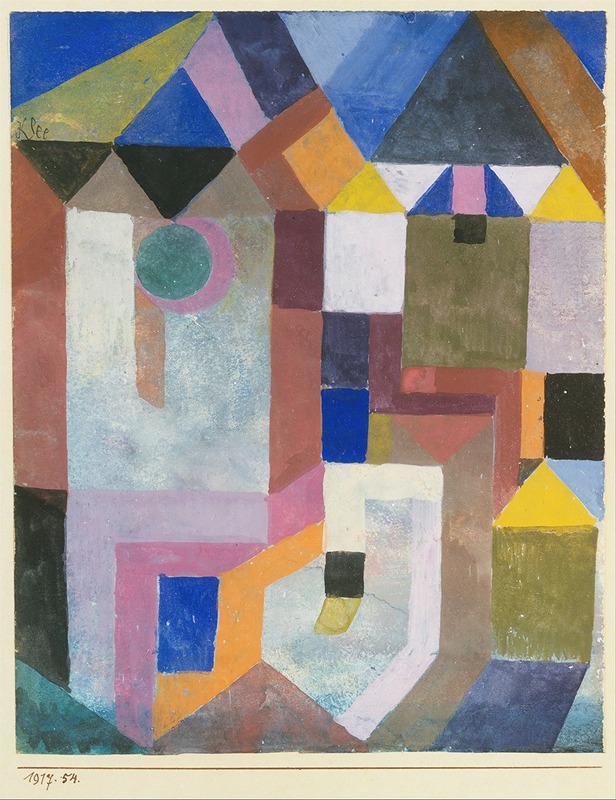
Colorful Architecture
A hand-painted replica of Paul Klee’s masterpiece Colorful Architecture, meticulously crafted by professional artists to capture the true essence of the original. Each piece is created with museum-quality canvas and rare mineral pigments, carefully painted by experienced artists with delicate brushstrokes and rich, layered colors to perfectly recreate the texture of the original artwork. Unlike machine-printed reproductions, this hand-painted version brings the painting to life, infused with the artist’s emotions and skill in every stroke. Whether for personal collection or home decoration, it instantly elevates the artistic atmosphere of any space.
Paul Klee's "Colorful Architecture" is a notable work by the Swiss-born artist, who is renowned for his unique style that blends elements of expressionism, cubism, and surrealism. Klee's work is characterized by his innovative use of color and form, and "Colorful Architecture" exemplifies these traits.
Paul Klee was born on December 18, 1879, in Münchenbuchsee, Switzerland. He was a prolific painter and a key figure in the development of modern art in the early 20th century. Klee's artistic career was marked by his association with various influential art movements and groups, including Der Blaue Reiter (The Blue Rider) and the Bauhaus school. His work is known for its whimsical, childlike qualities, as well as its deep exploration of color theory and abstraction.
"Colorful Architecture" reflects Klee's fascination with the interplay between color and structure. Throughout his career, Klee was deeply interested in the concept of architecture, not just as a physical construct but as a metaphorical and abstract idea. This painting, like many of his works, demonstrates his ability to transform ordinary subjects into extraordinary compositions through his imaginative use of color and form.
Klee's approach to color was heavily influenced by his time at the Bauhaus, where he taught from 1921 to 1931. The Bauhaus was a revolutionary art and design school in Germany that emphasized the integration of art, craft, and technology. During his tenure there, Klee developed his theories on color, which he documented in his lectures and writings. His exploration of color theory is evident in "Colorful Architecture," where he uses a vibrant palette to create a sense of harmony and rhythm.
The painting is composed of geometric shapes and forms that suggest architectural elements, yet it remains abstract and open to interpretation. Klee's use of color is both systematic and expressive, with each hue carefully chosen to evoke a particular mood or atmosphere. The interplay of warm and cool colors creates a dynamic tension within the composition, inviting viewers to explore the painting's depths.
Klee's work often blurs the line between representation and abstraction, and "Colorful Architecture" is no exception. While the title suggests a depiction of buildings or structures, the painting itself is more concerned with the essence of architecture rather than its literal representation. This approach allows Klee to explore the emotional and psychological dimensions of space and form.
"Colorful Architecture" is a testament to Klee's innovative spirit and his ability to transcend traditional artistic boundaries. His work continues to inspire and influence artists and art enthusiasts around the world. Klee's legacy is marked by his profound impact on modern art, particularly in his exploration of color and abstraction.
Paul Klee passed away on June 29, 1940, in Muralto, Switzerland, but his work remains a vital part of art history. "Colorful Architecture," like many of his paintings, is celebrated for its originality and its ability to convey complex ideas through simple yet powerful visual language.





